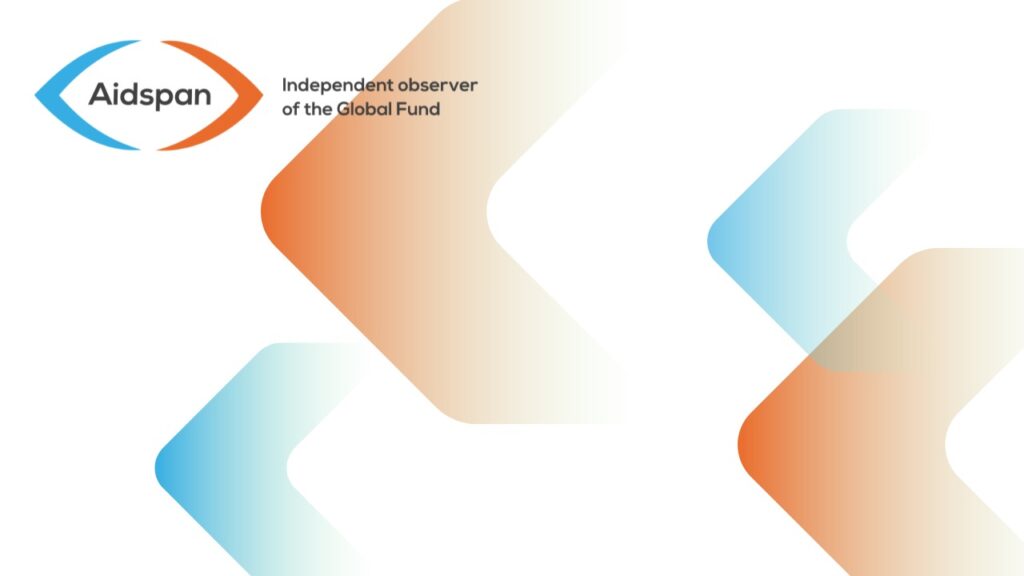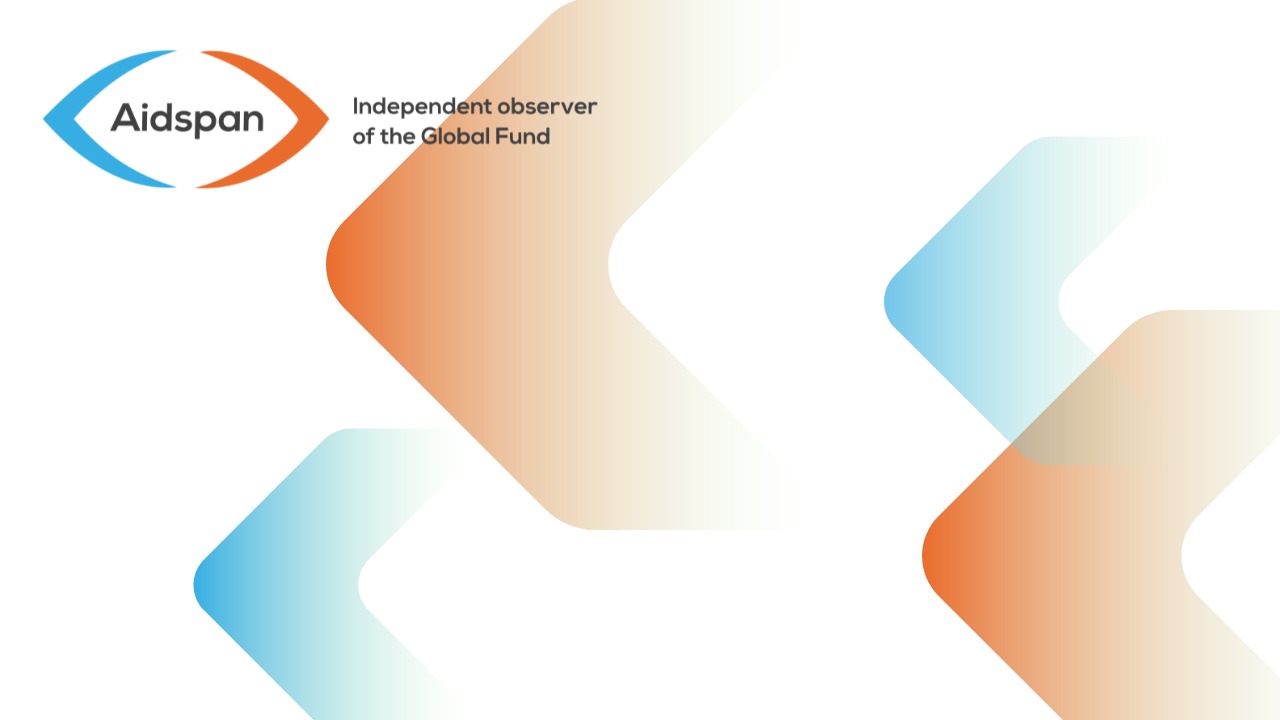
Domestic financial contributions to HIV, TB, and malaria
Author:
AIdspan
Article Type:Article Number:

- Download 13
- File Size 4.00 KB
- File Count 1
- Create Date 2023-05-15
- Last Updated 2023-06-27
Domestic financial contributions to HIV, TB, and malaria
The Global Fund to fight AIDS, Tuberculosis (TB) and malaria, which is a major financier of these three diseases globally, invests about two-thirds of its funding in sub-Saharan Africa which has the world’s highest burdens of the disease epidemics. Alongside the Global Fund, other multilateral institutions, bilateral programs, national governments, private charities and companies have spent large amounts of financial resources over the years fighting these three diseases. In recent years, donor resources to fight HIV, TB and malaria have dwindled whereas the need has either remained constant or increased; in contrast, domestic resources have increased. For instance, domestic HIV funding increased three-fold between 2006 and 2016 and now accounts for 57% of total funding in low- and middle-income countries. Health financing statistics reflect global or regional averages which can conceal large discrepancies. Thus, it is important to analyse individual countries’ domestic contributions towards HIV, TB and malaria responses, especially in countries with a high burden of either of the three diseases. (File Link: https://webapi.aidspan.org/api/v1/fileget/Domestic-financing-for-HIV,-TB-and-malaria.pdf )

